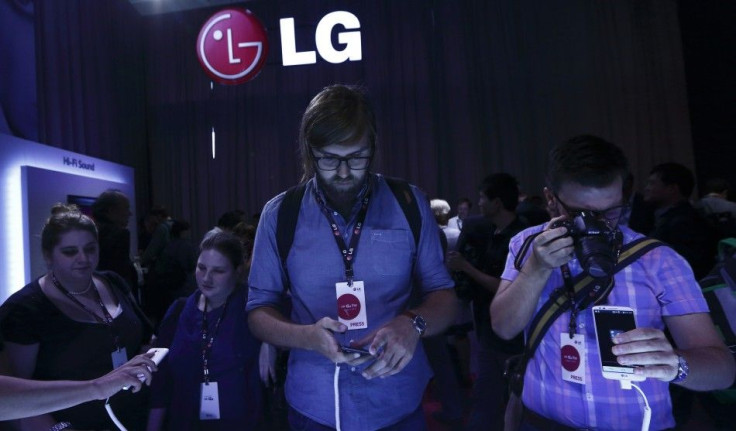LG G2 Android KitKat 4.6 Paranoid Beta Update Released: Top Killer Features and Installation

The Android 4.4.4 KitKat roll out to LG's G2 may have come a little late but fortunately there are custom ROMs that people can go with. XDA for instance has offered Android 4.4.4 KitKat based ROMs and now the Paranoid Android Team is at it again. People can now check out the fifth Android 4.6 Paranoid software. LG has been listed as one of the supported devices with a number of its variants up for support as well.
The Paranoid Android team guarantees users that they have worked on number of tweaks ensuring stability. This does not change the beta format of the software. Added configurations include "power use" setting to manage battery life. The team did note that they cannot guarantee the availability of the feature for future releases. When changing the setting, users can run: adb shell su -c 'settings put system experimentaldsbfrequency 2' on their computer while changing the number 2 with any preferred number. The Paranoid Android team also provided a changelog for the new software:
- Provide a better flow for bar transitions and DSB
- Add the experimentaldsbfrequency setting (for now)
- Include a pair of themeability changes
- Tweak OPO device-specific code
In another report by Android Geeks, the Paranoid Android Legacy Team has reportedly been working on their AOSPA Android 4.4.4 KitKat ROM builds. This will be the base for the Android 5.0 Lollipop work. Devices in for the new PA 4.6 Beta 5 builds include the Samsung Galaxy S2, Galaxy S3, Galaxy S4, the first Note edition and the Galaxy Note 2.
For the last month, the Paranoid Android team has released a series of Beta builds for PA 4.6. These include the Beta 3, Beta 4 and the Beta 5. Majority of the builds offer stability improvements and bug fixes. Many consider the Paranoid Android 4.6 Beta 5 as one of the most stable releases around. This also means that people can expect the Final PA 4.6 ROM soon enough. Google already released the Android 5.0 Lollipop update but it has not provided a definite breakdown of roll outs.



















